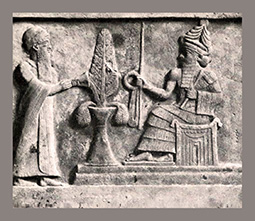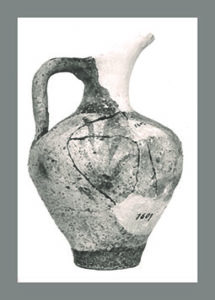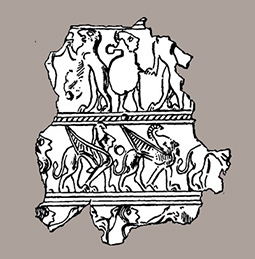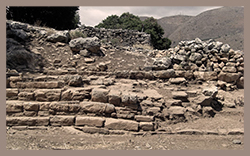Authors: D. Puglisi, M. Chiricallo
Download article as .pdf: Modellazione 3D ad Haghia Triada: note per un approccio tridimensionale all’architettura minoica
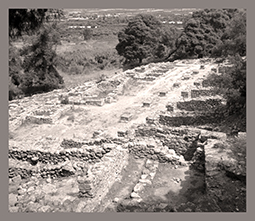 Minoan architecture was characterized by a complex articulation of the volumes, and in particular by the systematic use of multistorey buildings. Nevertheless, the three-dimensional nature of the Minoan built environment has been quite neglected in the history of Minoan archaeology, in favour of an approach that contemplates the morphological, functional and distributional analysis of only what has survived on the ground floor. Today, the modern 3D modelling softwares offer new research opportunities in studying the elevation of Minoan buildings. This paper aims to outline these new research perspectives and to define the main methodological issues related to them, through the case study offered by the Late Minoan IB settlement of Haghia Triada in Crete.
Minoan architecture was characterized by a complex articulation of the volumes, and in particular by the systematic use of multistorey buildings. Nevertheless, the three-dimensional nature of the Minoan built environment has been quite neglected in the history of Minoan archaeology, in favour of an approach that contemplates the morphological, functional and distributional analysis of only what has survived on the ground floor. Today, the modern 3D modelling softwares offer new research opportunities in studying the elevation of Minoan buildings. This paper aims to outline these new research perspectives and to define the main methodological issues related to them, through the case study offered by the Late Minoan IB settlement of Haghia Triada in Crete.

